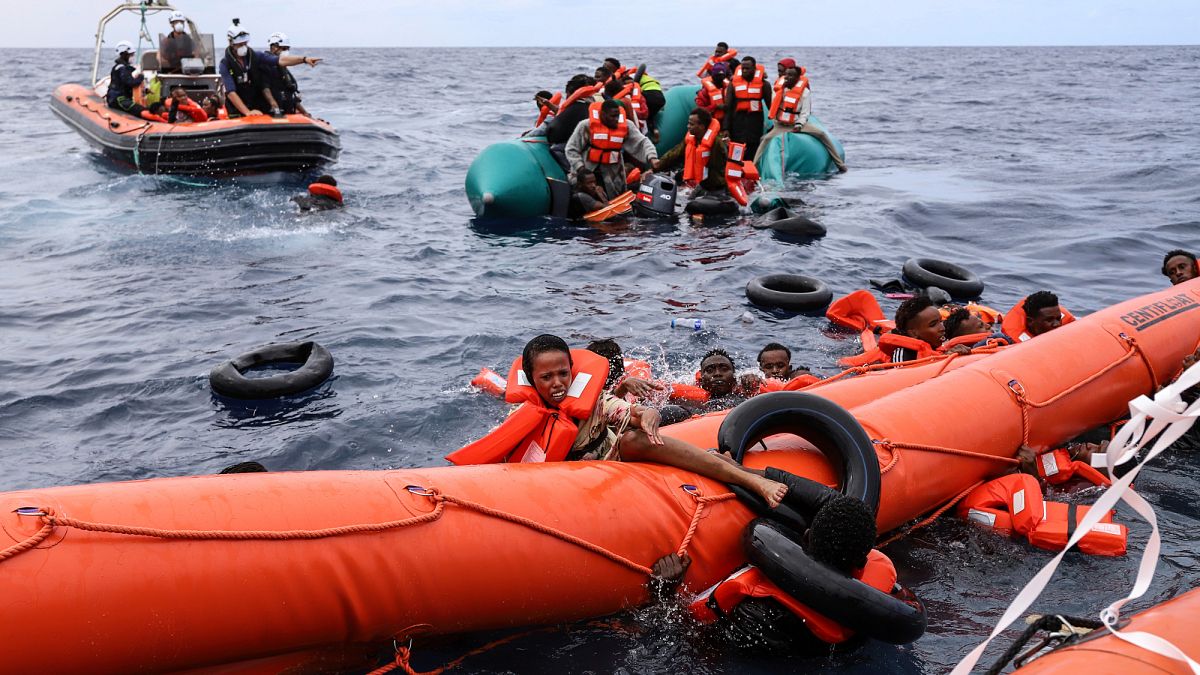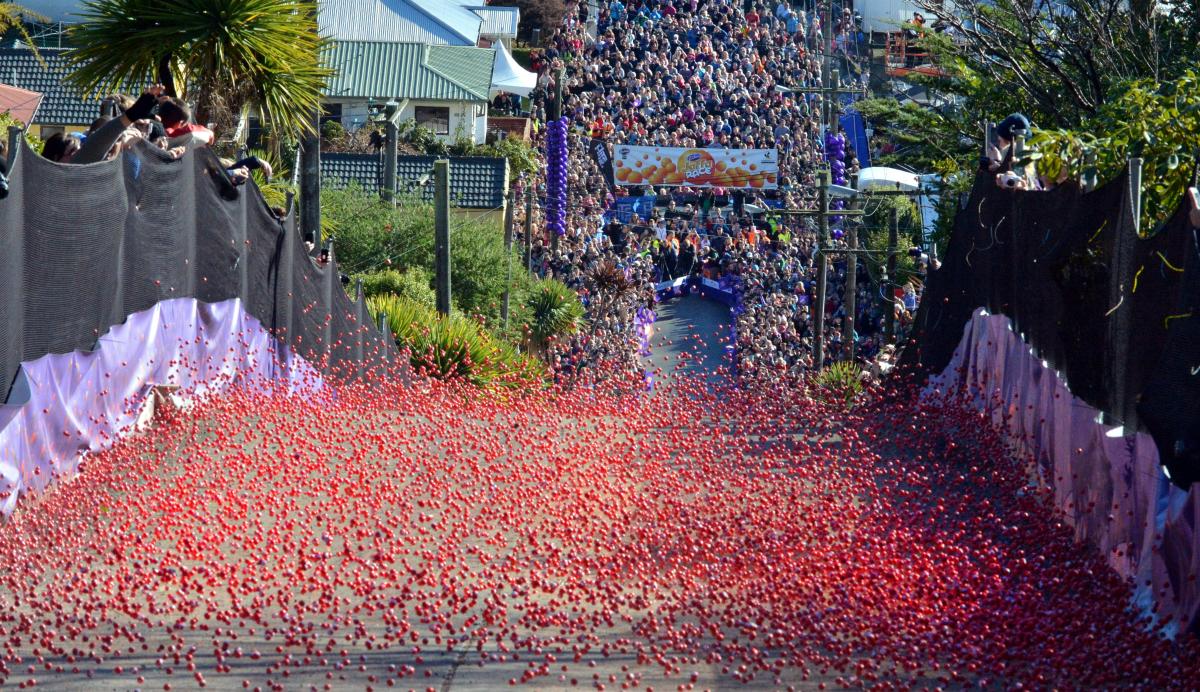Deep-tech business Fabrum is a specialist in the renewable hydrogen industry and part of a joint venture which has just put in a hydrogen-testing facility at Christchurch Airport.
Hydrogen sourced from the North Island will soon be boosted by gas made on site at the South Island stations.
Founded in 2004, the company supplies small- to medium-scale liquefaction systems and composite cryogenic tech for the heavy transport, mining, marine and aviation markets.
A $23 million capital raise in 2023 brought in investment from United Kingdom-based AP Ventures, Australia’s Fortescue Future Industries, Japan-based Obayashi Corporation and a New Zealand investment company owned by Sir Stephen Tindall.
Co-founders Christopher Boyle and Hugh Reynolds remain majority owners with about a 60% stake, with a French tech group holding 20% and the new investors a 20% shareholding.
Mr Boyle said the new money had supported it through a large growth phase of adding more staff, going from one to three buildings and a heavy R&D spend as it pivoted to cleaner energy which had put strain on working capital.
The company’s liquid gas units for nitrogen and oxygen were being exported globally with the hydrogen activity still emerging tech.
Revenue was expected to double in the next two years as it progressed from a heavy investment phase in patented tech to commercialisation mode.
“We are about to commission a fuel station in Invercargill to make hydrogen on site and then possibly one in Christchurch later this year so we will have hydrogen locally as well.
“We will have an electrolyser at the fuel stations which takes renewable electricity and water in a electrical stack that breaks the water into hydrogen and oxygen.
“We get high-purity hydrogen from the electrolyser, compress it and store it at 350 bar.
“Dual-fuel trucks pull up and the hydrogen is dispensed into the truck through a hydrogen gas bowser.”
The hydrogen gas would also supply Fabrum’s hydrogen liquefier facility.
Mr Boyle said the test facility was supporting the development of hydrogen-powered technologies, mainly in aviation and trucking.
Hydrogen technology was so new many people did not know how to handle, work or test it.
Offshore companies were being invited to bring teams to test their technology with liquid hydrogen on site, supported by Fabrum engineers.
The main challenge faced globally was getting access to hydrogen as building production infrastructure at scale was yet to be economical, he said.
“No-one is going to build that liquid hydrogen plant until there is sufficient people using it.
“So if we need small liquifiers of 30kg to 75kg a day that enables universities and research groups to buy them to access liquid on site to test technologies.”
Fabrum has begun working with Australia’s Stralis Aircraft to design, develop and test liquid-hydrogen storage tanks and a fuel system for its aircraft.
The partnership wants to make Australasia’s first liquid-hydrogen-powered flight in the transition to zero-emission aviation.
Easing the reliance on fossil fuels for regional flights, marine movements and freighting with hydrogen fuel made locally from hydro, solar or wind generation was getting closer, Mr Boyle said.
Long-distance aviation was more challenging as aircraft used a lot of fuel and liquid hydrogen was not as dense an energy as jet fuel.
“But I see a world in 20 years’ time where hydrogen refuelling infrastructure is like petroleum and you will get it anywhere.
“You will roll up and push the button, fuel up and carry on.”
Christchurch was picked as a base because of its history of clever manufacturing and a university “spinning out” talented engineers and tech graduates.
The co-founders are ex-University of Canterbury engineering students who shared an interest in motorcycle racing.
Initially, they provided super-conducting solutions for the power industry, making containment vessels for super-conducting coils for transformers, fault current limiters and motors.
Their first project was a partial core super conducting transformer for a former professor, utilising liquid nitrogen.
Asked to manufacture a design, they predicted it would not work and when it “failed catastrophically” in seconds, they spent the next year on their own design which is still used to this day.
“Basically, it was the foundation of a lot of our composite technology which we then started developing systems for Bruker ASC, Rolls-Royce, Siemens out of Germany for their superconducting applications, Superpower in the US.
“The composite technology we developed we still use today, and it stands behind our aviation liquid hydrogen tanks which lead the world in performance. That’s where it started from.”
The plan at first was to develop composite fibreglass structures for containing coils for the likes of transformers and cool the coils with liquid nitrogen, instead of traditional copper and oil transformers, for an efficient and zero loss system.
After developing cryocooler technology and a composite containment vessel for the coils, the third part of super-conducting wire made by other parties was not maturing to a consistent product quickly enough.
So, they took their IP in other directions.
Today, Fabrum’s core channels are in liquid hydrogen, oxygen and nitrogen, and boil-off gas management for stored liquid natural gas and liquid hydrogen.
Liquid hydrogen fuel for aircraft will ultimately combine their composite twin or triple-skin tanks, cryogenics, super-conducting and gas-to-liquid technologies.
Twin vacuum insulated tank systems also carry liquid nitrogen or oxygen.
This technology is machined, assembled and built at its Hornby site — headquarters for 110 staff — with some parts made at its own foundry.
Over the past 10 years the cryocoolers have gone into a Co2 sublimation system for Nasa’s Mars lander project, developing helium boil-off gas reliquifaction for NMR magnets at universities and a liquid nitrogen system 2.5km underground in a research centre in a Canadian nickel mine.
Fabrum technology helps drive a liquid hydrogen plant in Western Australia for replacing diesel in a mining fleet and environmental chambers at the French space laboratory for zero gravity testing.
A zero-emission hydrogen build for a 9m-long rigid inflatable boat in Christchurch is due to go on the water in few weeks.
Mr Boyle said the work often came to them, such as when they were approached by Team NZ chief executive Grant Dalton to design a hydrogen-powered zero-emission propulsion system for a chase boat for the America’s Cup in Barcelona.
Fabrum designed a propulsion within three weeks. Seven months later the boat was built by Team NZ and running on hydrogen.
Demand for their tank technology would increase as the emerging hydrogen market matured, he said.
The goal was to maintain the development of new systems in Christchurch and license them to large-scale manufacturers of tanks for trucks, cars, boats and planes.














